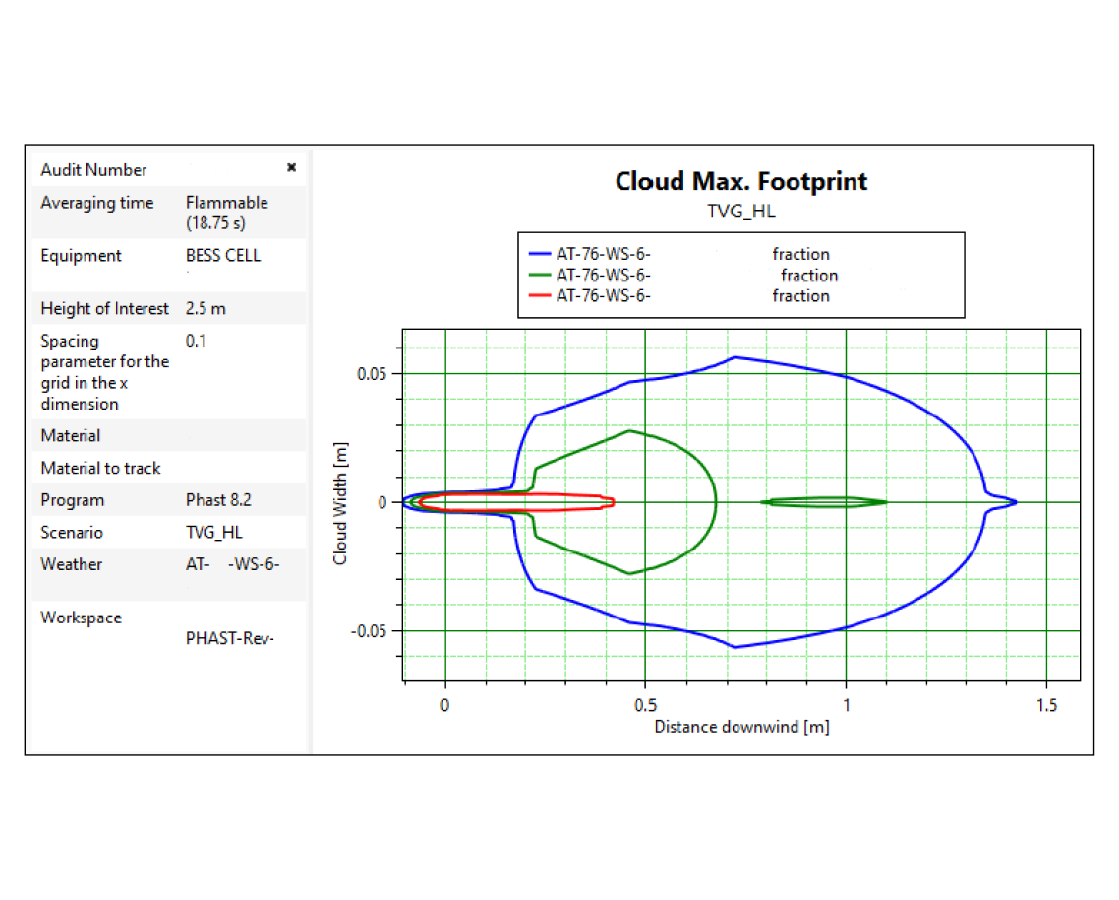Modeling Fire, Smoke, and Explosions
Smoke Control Rational Analysis (SCRA)
Smoke control systems can be either mechanical (active) or passive systems. The approach utilized depends upon the occupancy of the building as well as other issues. Regardless of the approach, FRA staff are experts in the use of hand calculations, zone models (Contam), and Computational Fluid Dynamics (CFD) modeling. These tools are used for the evaluation of smoke movement and the design of smoke control systems to provide a tenable environment for building occupants to safely egress.
The results of the modeling are documented in a rational analysis which includes design considerations and performance criteria. FRA then works with the design team’s mechanical, electrical, and fire alarm contractors to ensure that the requirements of the smoke control system are properly implemented. This coordination ensures a fully integrated smoke control system that can be successfully installed and commissioned.
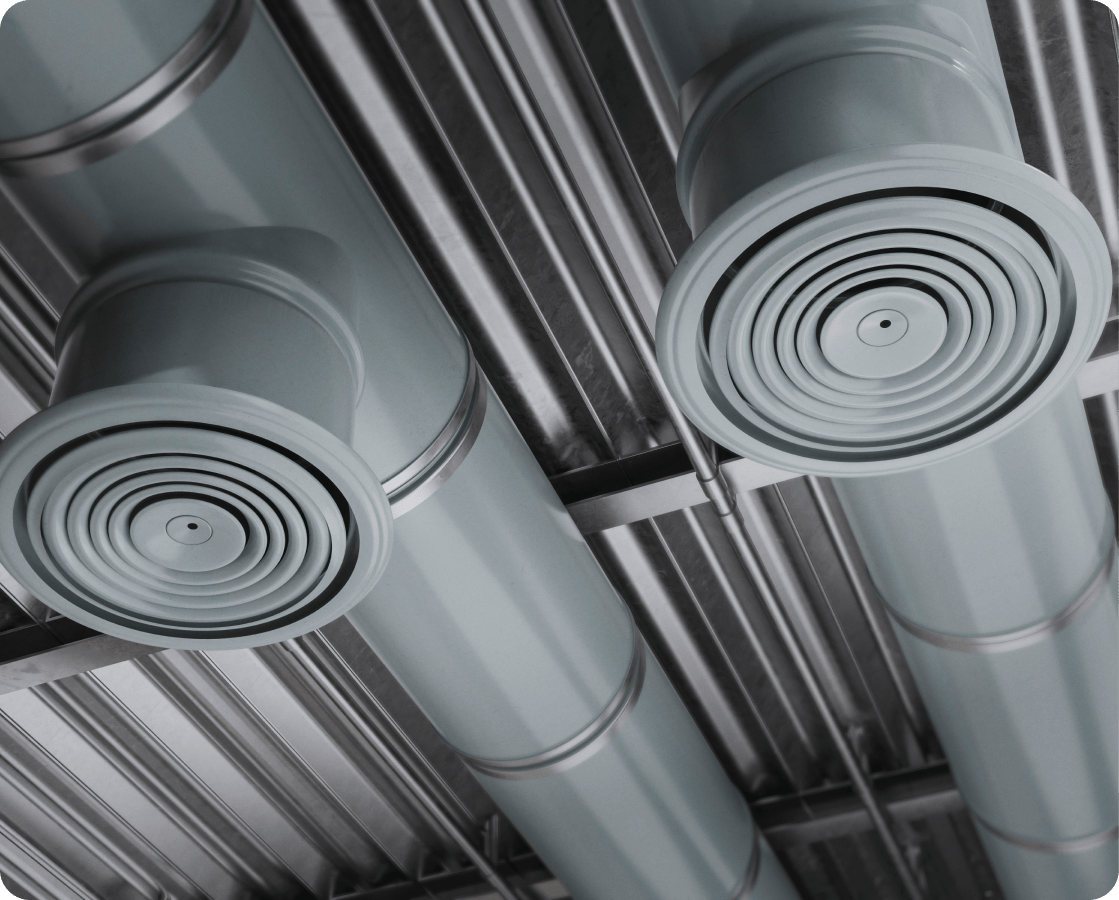
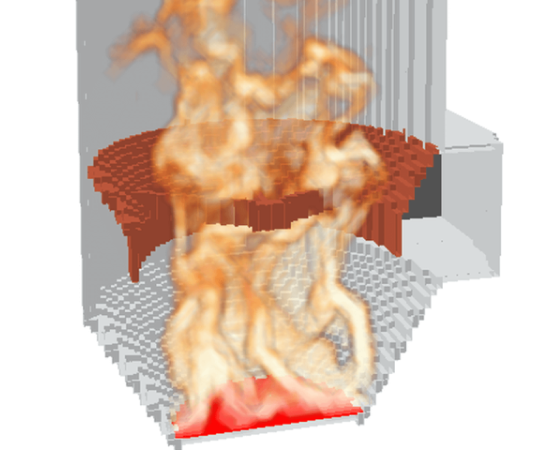
Fire Dynamics Simulator (FDS)
Fire Dynamics Simulator (FDS) is a computational fluid dynamics (CFD) modeling tool developed by the National Institute of Standards and Technology (NIST) that is widely used in fire protection engineering. FDS is a powerful tool for simulating fire behavior and predicting flow dynamics in complex environments, providing valuable insights for fire protection design and analysis.
FRA applies FDS to a wide variety of fire, smoke, and gas dispersion analyses. From designing smoke control systems to evaluating sprinkler suppression effectiveness and hazardous gas dispersion, our engineers have years of in-depth experience in using FDS to support our client’s design challenges.
Tunnel Modeling
Tunnel modeling is an essential aspect of fire protection in transportation infrastructures such as road tunnels, rail tunnels, and subway systems. The National Fire Protection Association (NFPA) has established guidelines for tunnel fire protection, including NFPA 130 and NFPA 502. Computational modeling plays a critical role in complying with these standards and designing effective fire protection measures for tunnels.
Using computational modeling tools, FRA engineers can model the spread of fire, smoke movement, and the effects of ventilation systems, considering factors such as tunnel geometry, materials, ventilation conditions, and fire suppression systems. This allows for a detailed analysis of how fires are likely to develop and spread in tunnels and helps our engineers design effective fire protection measures.
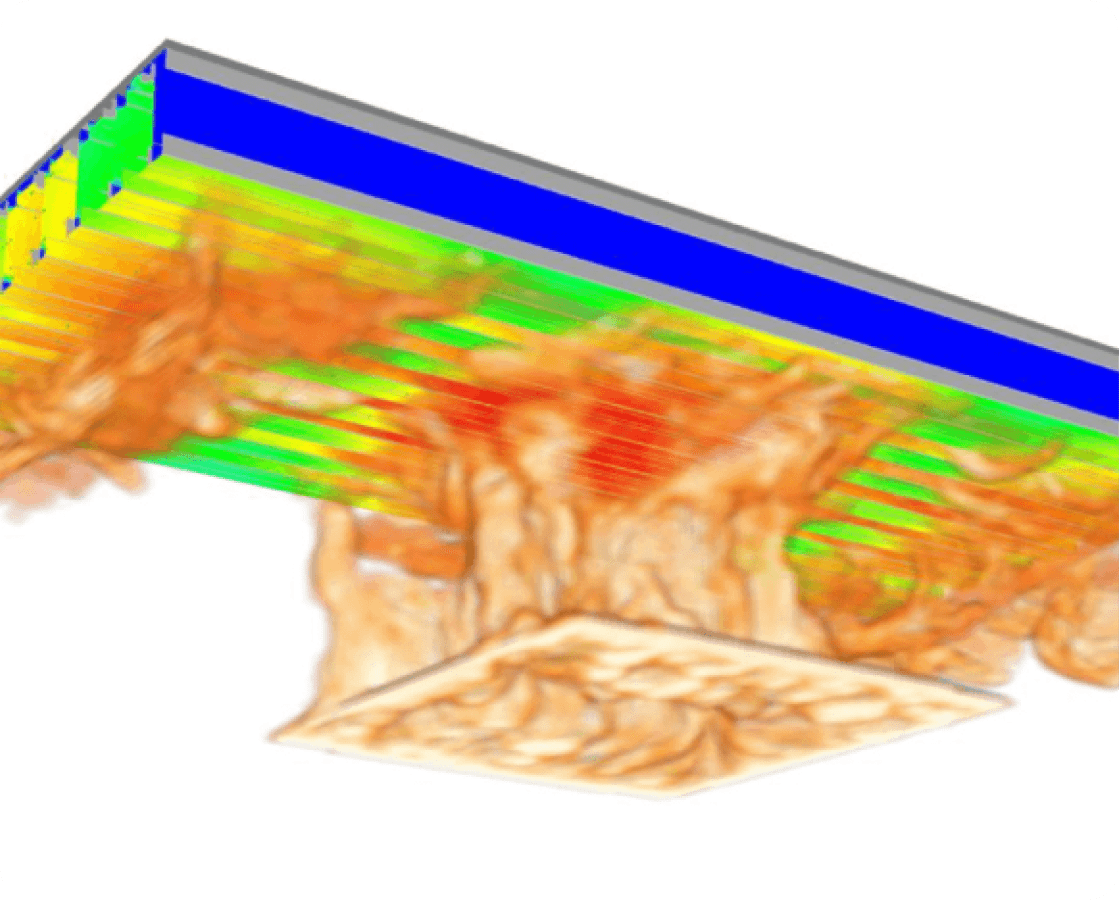

People Movement
FRA engineers who specialize in people’s movement utilize the latest computational tools to assess and optimize people’s movement strategies, allowing our engineers to design effective evacuation plans, evaluate emergency egress routes, and ensure the safe evacuation of occupants.
One of the key capabilities for people’s movement is the ability to use agent-based modeling or crowd simulation techniques. Our engineers can model the movement of occupants in buildings, transportation hubs, stadiums, or other crowded spaces during a fire emergency. This includes factors such as human behavior, demographics, mobility limitations, and response to fire alarms, which can impact the flow of people during an evacuation.
CONTAM Modeling
CONTAM is a widely used computational modeling tool developed by the National Institute of Standards and Technology (NIST). One of the key capabilities of CONTAM modeling for fire protection is the ability to simulate the transport of smoke and other fire-generated contaminants within a building. Our engineers can model the movement of smoke, heat, and other airborne contaminants during a fire event, considering factors such as building layout, ventilation systems, and fire source characteristics. This allows for a detailed analysis of the spread of smoke and contaminants within the building, which can aid in developing effective fire protection strategies, such as smoke control systems, pressurization strategies, and compartmentalization measures.
FRA utilizes CONTAM for a wide variety of fire and life safety engineering applications. From analysis and design of smoke control systems to evaluation of chemical, biological, radiological, and nuclear (CBRN) protection systems. Our engineers have extensive experience developing complex and customized models to meet the specific needs of our clients.
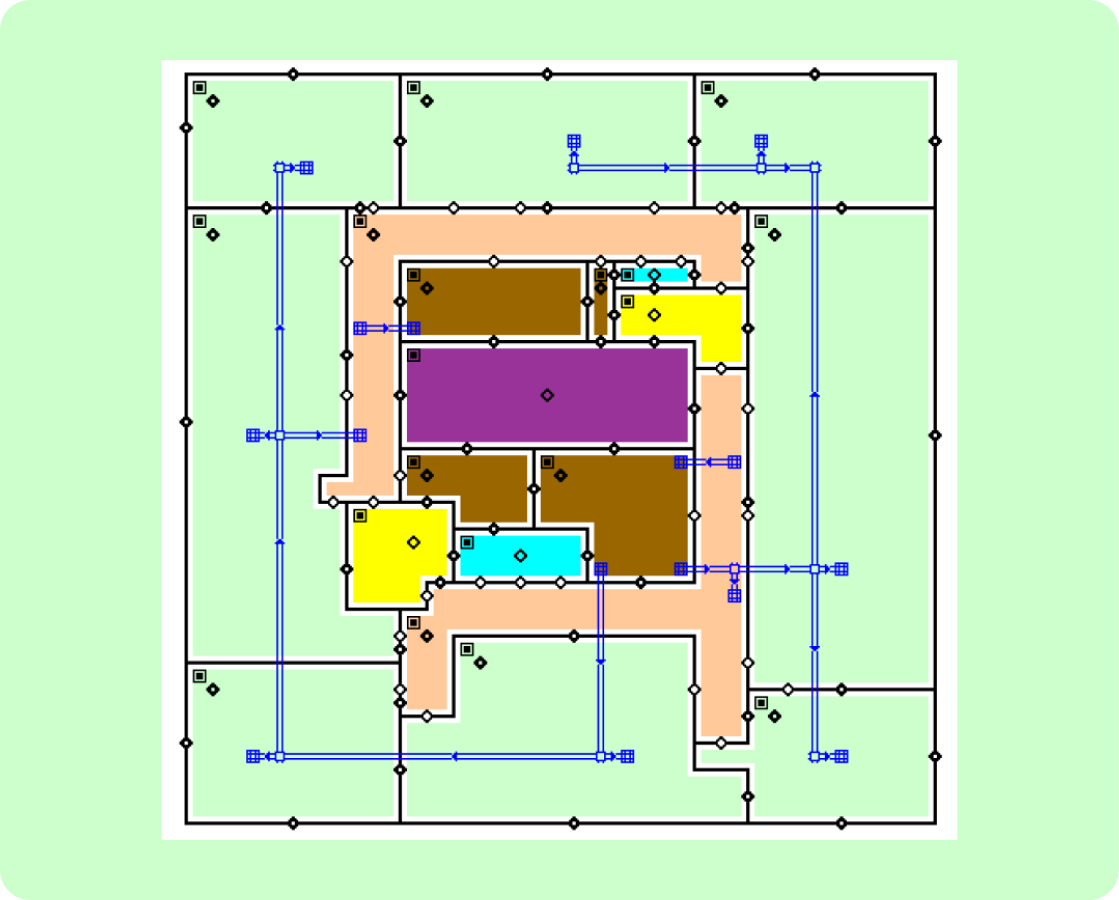
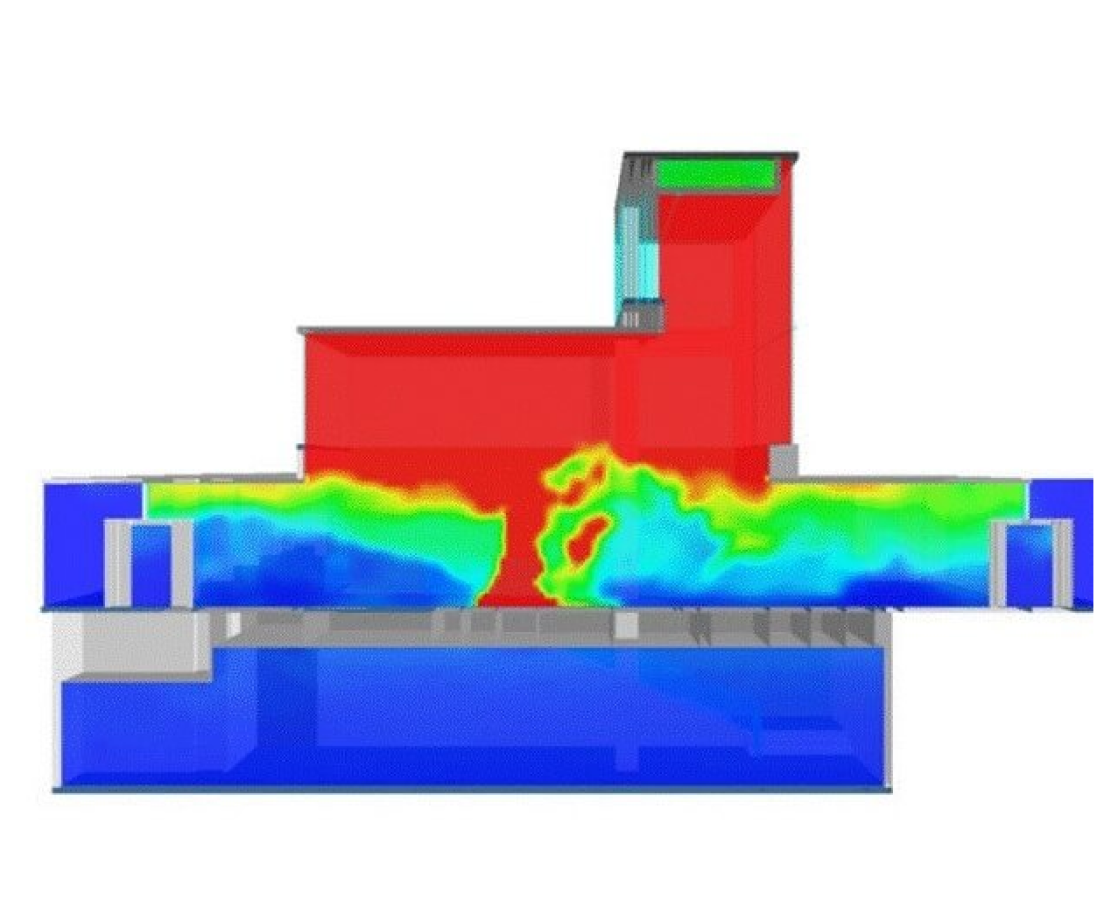
Atrium Smoke Control
Atrium smoke control is a critical aspect of fire protection in large, open spaces such as atriums, shopping malls, airports, and exhibition halls, where the potential for smoke accumulation and spread can pose serious risks to occupants and property.
Using computational modeling tools, FRA engineers can model the movement of smoke plumes, the effects of buoyancy, temperature, and pressure differences, and the interaction with ventilation systems. This allows for a detailed analysis of how smoke is likely to behave in an atrium during a fire, helping our engineers design smoke control systems that are capable of effectively managing smoke movement.
FLACS
FLACS is a computational fluid dynamics (CFD) tool used by FRA to model liquid and gas dispersion, fires, and explosions. It is an advanced tool that allows our engineers to simulate and analyze events as they occur over time, in 3D, ranging from small leaks in LNG piping to combustible dust explosions in bucket elevators and failures at energy storage facilities. Our experience helps our clients better understand the hazards and risks they may face and provide mitigation solutions to prevent and limit possible damages and losses.


ANSYS Fluent
ANSYS Fluent is a computational fluid dynamics (CFD) software package that is used for simulating fluid flow, multi-phase flow, heat transfer, and related phenomena. ANSYS Fluent allows our engineers to simulate fire behavior in different environments, including buildings, tunnels, and open spaces. It can model various aspects of fire, such as combustion, heat transfer, smoke generation, and flame spread.
The software uses advanced numerical methods to solve the governing equations for fluid flow, heat transfer, and combustion, providing accurate predictions of fire dynamics and thermal behavior. ANSYS’s Fluent capabilities in fire protection, combustion modeling, and turbulence modeling make it an invaluable tool for our CFD specialists. Our engineers have decades of experience which can help meet the challenging goals your project might bring.
PHAST
FRA uses Phast as a high-level screening tool for assessing hazards and risks for our clients. As a well-verified and validated package, the software is used for modeling and analyzing the effects of jet and pool fires, vapor and liquid dispersion, the synergistic effects of toxic gas releases, and explosion overpressures. Our engineers use Phast to evaluate the consequences of potential limiting events at a facility to provide our clients with guidance on additional engineering analysis, risk prevention, and hazard mitigation.
